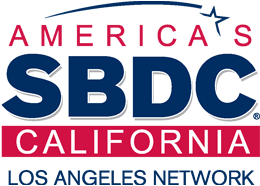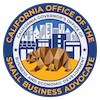Cash flow is a key factor in the success or failure of a small business—now, more than ever before. Here are 10 tips you can use to ensure your cash keeps flowing:
- Find good accounting software. If you’re not already using accounting software, check out packages tailored to small business such as QuickBooks or Peachtree. Automating your accounting makes it easier to see what’s going in and what’s going out.
- Generate monthly financial statements. (In today’s economy, some companies review their financial statements weekly.)Accounting software lets you easily generate an income statement, balance sheet and cash flow statement. Use these tools to stay on top of your financial picture and pinpoint potential problems early.
- Send invoices promptly. Customers can’t pay you if they haven’t been billed. Send invoices along with the shipped product, or as soon as a project is completed. For even faster results, send invoices by e-mail, or look into e-billing.
- Create effective invoices. Make sure key information, such as where to send payment, amount due and date due, is clear and easy to read. Contact the customer to verify the address, department and person the invoice should be sent to so there’s no chance for error.
- Penalize late payers. State on your invoices that customers will be charged a late fee for every month that the payment is past due.
- Incentivize early payments. Offer discounts if customers pay sooner than net 30 days (such as 5 percent off if they pay within 10 days). Depending on your industry, offering a discount for paying in cash could also help your cash flow.
- Stay on top of accounts receivable. If a payment is not received on time, follow up immediately. Often, you’ll find the late payment is due to a miscommunication (such as in Tip 4 above). If this isn’t the case, be polite, but firm.
- Work with late payers. Something is better than nothing, so if a customer can’t pay the full amount, work out a payment plan. If you choose to deal with these customers again going forward, protect your business by requiring at least partial payment upfront before any work is done or product shipped.
- Watch your spending. When it comes to maximizing your cash, what goes out is just as important as what’s coming in. Where can you cut costs without harming your product or service? Typically, overhead expenses such as utilities and office products are easy to trim, as are business travel and entertainment. Go over your monthly expenses and look for places to cut.
- Maximize cash in the bank. Deposit checks as soon as you get them, and pay your own bills as late as you can (unless you benefit from an early payment discount). If you use online bill paying, pay bills the day they are due. This keeps the money in your own account working for you. Use business credit cards to pay smaller expenses; this way, you don’t expend any cash until the payment is due.
Rieva Lesonsky is CEO of GrowBiz Media, a content and consulting company that helps entrepreneurs start and grow their businesses. Before launching her business, she was Editorial Director of Entrepreneur Magazine. Read more of Rieva’s insights on SmallBizDaily.com or follow her on Twitter @Rieva.





